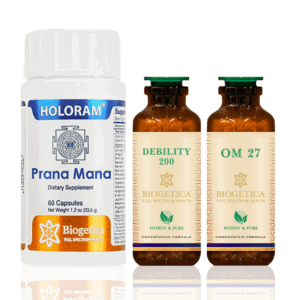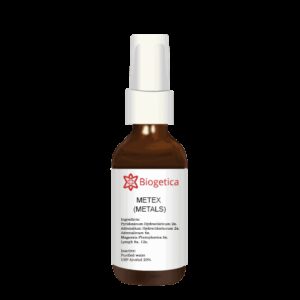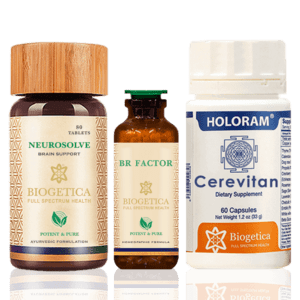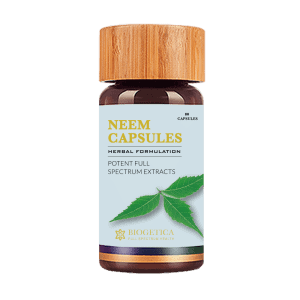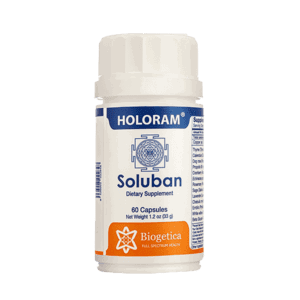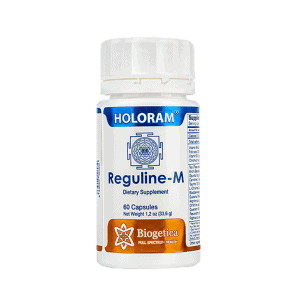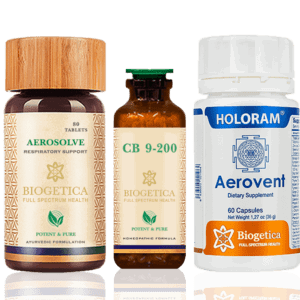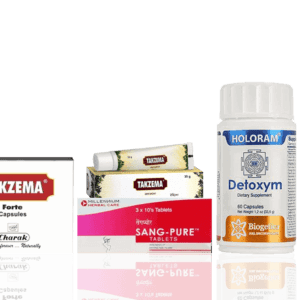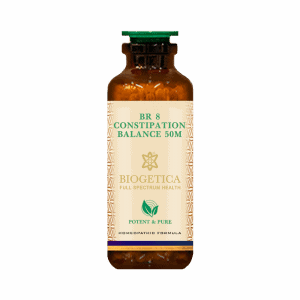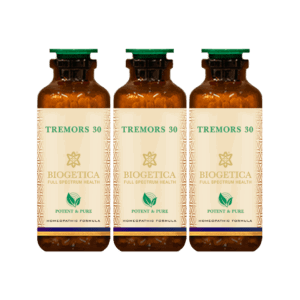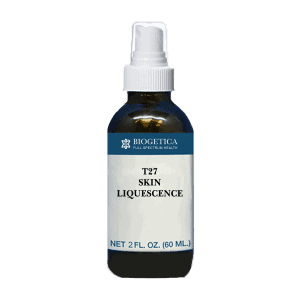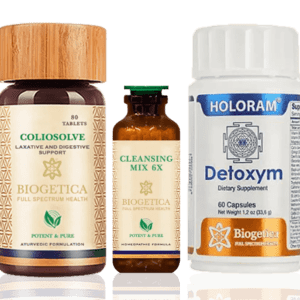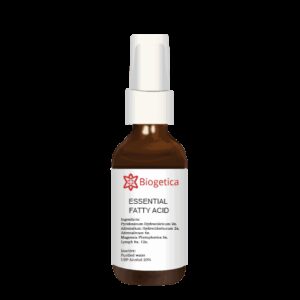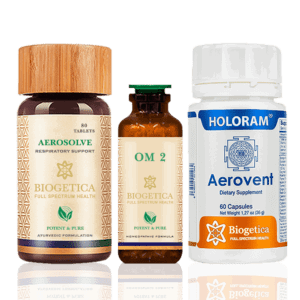Herpes can be caused either by the herpes virus type 1 or type 2 (HSV-1 and HSV-2). It depends on several factors on how long a person may have herpes before they know it. Herpes natural cure – symptoms, causes and treatment – Biogetica
- Asymptomatic infection: Herpes can be asymptomatic or very mild. This may not cause any symptoms, or the symptoms may be so mild that they are misdiagnosed as other skin conditions. This is particularly true for HSV-2 which is the virus that causes genital outbreaks. According to studies, a large number of people who have HSV-2 are unaware of the infection because they’ve never experienced an outbreak or their symptoms were mild and therefore went unnoticed.
- Lack of Testing: Routine herpes testing is usually not included in standard STI screens unless it’s requested or recommended. In the absence of visible symptoms, individuals may assume that they are not at risk or infected and may not seek to be tested. People may unknowingly carry and spread the virus.
- Incubation Period: There is a variable time between initial exposure to herpes and the onset of symptoms. Herpes incubation can last from a few weeks to a few months. During this period, the virus replicates in the body and moves toward the mucous or skin membranes, where symptoms occur. The delay between the onset of symptoms and the onset of infection can cause a person to have herpes for a long period.
- Atypical symptoms: Herpes can sometimes present with atypical symptoms or be mistaken for another condition. Herpes lesions can be mistaken as ingrown hairs or razor burns. It is possible that individuals may not be aware of their herpes.
How Do You Get Herpes
Herpes, a sexually transmissible infection (STI), is mainly transmitted by direct skin-to-skin contact with a person infected. Herpes is a sexually transmitted infection (STI) that is primarily spread through direct skin-to-skin contact with an infected person.
HSV-1, which is usually associated with herpes oral, is transmitted by oral contact such as kissing and sharing utensils.
HSV-2, which is often associated with genital Herpes, is transmitted by sexual contact. This includes vaginal, oral, and anal sex. HSV-1, which can cause genital Herpes via oral-genital contact, is also a possibility. You can learn more about the herpes virus and its transmission.
- Direct Skin-to-Skin Contact Herpes is transmitted primarily through direct skin-to-skin contact. The virus can enter your body through microtears or small breaks in the mucous membranes or skin. It can happen during sexual activity, such as vaginal, oral, or anal sex.
- Viral Shedding – Even if there are no visible symptoms or sores, the virus can be active. It will shed from a person’s mucus or skin. The asymptomatic viral shed is the term used to describe this. It is an important factor in spreading herpes. Viral shedding increases the risk of infection.
- Both HSV-1 (oral herpes) and HSV-2 (genital herpes) can cause the same type of herpes. HSV-1, however, is associated more with oral herpes than HSV-2. Both types can be transmitted through sexual contact.
- Contact with Fluids or Sores: When there are visible lesions, sores, or blisters present, the risk of transmission is highest. Herpes can be transmitted even when there are no visible symptoms. The virus may be present in the genital area or the mouth and can be spread through contact with skin, mucous tissues, or fluids of infected people (such as vaginal liquid, saliva, or semen).
- Multiple Sexual Partners: Sexual activity with more than one partner increases the risk of transmission. More partners mean a greater chance of encountering an infected person. To reduce the risk, it is important to use barriers such as condoms or dental dams.
- Herpes Transmission Timing: Herpes can be transmitted at any time. This includes both active outbreaks as well as periods of asymptomatic virus shedding. Remember that even when there are no symptoms, the virus is contagious. Take precautions to reduce the risk.
Conclusion
Herpes can also be transmitted without having symptoms. This is true during the asymptomatic shedding. Barrier methods like dental dams and condoms can reduce the risk but not eliminate it.
Consult a healthcare professional or healthcare provider who specializes in sexual health if you think you might have herpes, or are concerned about your sexual well-being. www.biogetica.com They can assess your situation, listen to your concerns and give you advice on how to test, prevent and manage the infection. They can offer accurate diagnoses, advice, and treatment options.






























